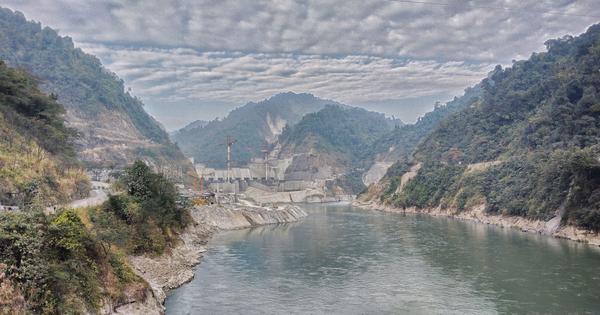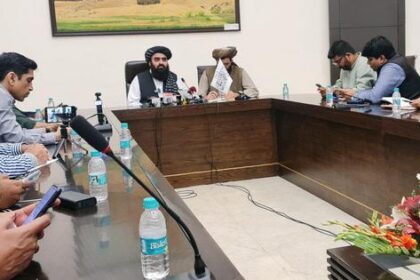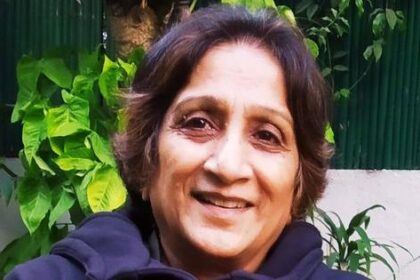State government prioritizes hydropower expansion despite opposition and ecological risks raised by experts.
A 2,200 megawatt hydropower project has recently received clearance in the Upper Subansiri district of Arunachal Pradesh, indicating the state government’s commitment to rapidly enhance its hydropower generation capabilities. The Oju Hydroelectric Power Project is part of a broader initiative to expand the state’s hydropower portfolio. Approved by the centrally-appointed Expert Appraisal Committee on September 12, the project is contingent upon the developer, Navayuga Engineering group, incorporating simulations of potential glacial lake outburst floods into its design.
In light of increasing glacial lakes in the region, the Committee emphasized the necessity of establishing a real-time monitoring and early warning system in collaboration with the State Disaster Management Authority and local administration. Additionally, community awareness and mock drills for preparedness are to be integrated into the project planning.
The Oju Hydroelectric Power Project marks the second significant dam to gain approval in the Subansiri river basin. The Subansiri Lower Dam, a 2,000 MW run-of-the-river project, secured clearance in 2003 but faced extensive opposition from local communities and environmental activists from 2010 to 2019. Critics, including Himanshu Thakkar, coordinator of the South Asia Network on Dams, Rivers and People, noted that when the Subansiri Lower Dam was approved, there was a stipulation against further upstream construction. However, the current project has been permitted on a case-by-case basis.
While the environmental impact assessment for the Oju Hydroelectric Power Project claims there are no protected areas or biodiversity reserves at the proposed site, the Upper Subansiri district is predominantly forested, featuring alpine scrub, moist evergreen, and temperate forests. The comprehensive cumulative impact of multiple dams on the river system remains unclear. Furthermore, the Subansiri basin falls within Seismic Zone V, the highest risk category for seismic activity, and the data on the river’s carrying capacity has not been updated since 2014.
The clearance for the Oju project coincides with a significant push from the Arunachal Pradesh state government to enhance hydropower generation and strengthen border security near China. The state cabinet has designated the years 2025 to 2035 as the “Decade of Hydropower,” with plans to commission 13 large hydropower projects and achieve a generation target of 19,000 MW by the decade’s end. Chief Minister Pema Khandu expressed the intention to expedite all green energy projects as part of this mission.
Concerns regarding the quality of environmental impact assessments have been raised due to the rapid pace of project approvals in Arunachal Pradesh. Experts like Sumit Vij from Wageningen University have highlighted previous errors regarding downstream impacts from the Subansiri Lower Project, stressing the importance of thorough evaluations. The impact assessment for the Lower Subansiri Dam, for instance, only accounted for downstream effects within a limited radius and overlooked the presence of endangered species such as the Ganges river dolphin.
Indigenous communities have voiced similar apprehensions regarding the potential loss of traditional lands due to planned dams across the state. For example, during a public hearing for the Oju Hydroelectric Power Project, concerns about the displacement of grazing lands were raised by local residents, with one member of the Nah tribe comparing the area to a sacred site. The administration responded by assuring that no impacts on holy places were anticipated.
Environmental impact assessments for both the Lower Subansiri Infrastructure Project and the Oju Hydroelectric Power Project were conducted by Water and Power Consultancy Services India Ltd, a central public sector enterprise. A recent legal notice has challenged the adequacy of the impact assessment for another upcoming project, the 1,200 MW Kalai II Hydropower project, alleging that it was prepared without adequate scientific studies or updates reflecting current ecological conditions.
The central government has been actively involved in supporting Arunachal Pradesh’s hydropower ambitions, signing a Memorandum of Understanding in 2023 to take over twelve stalled dam projects, including the 3,097 MW Etalin project. The plan involves central public sector undertakings managing these projects to enhance operational efficiency.








